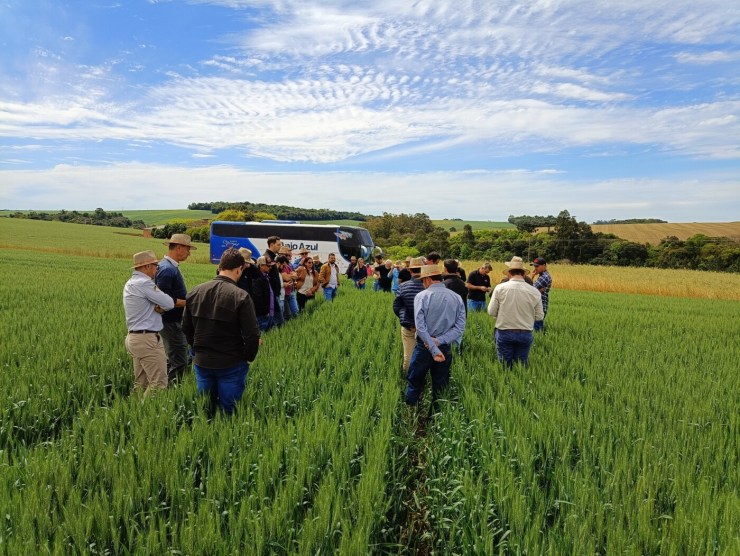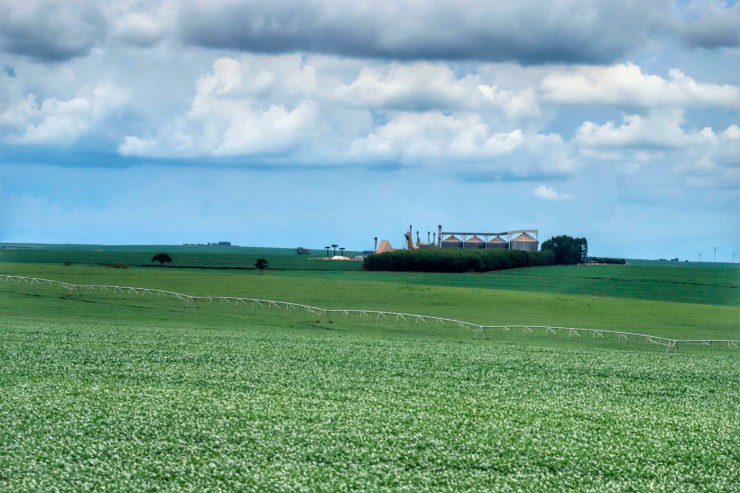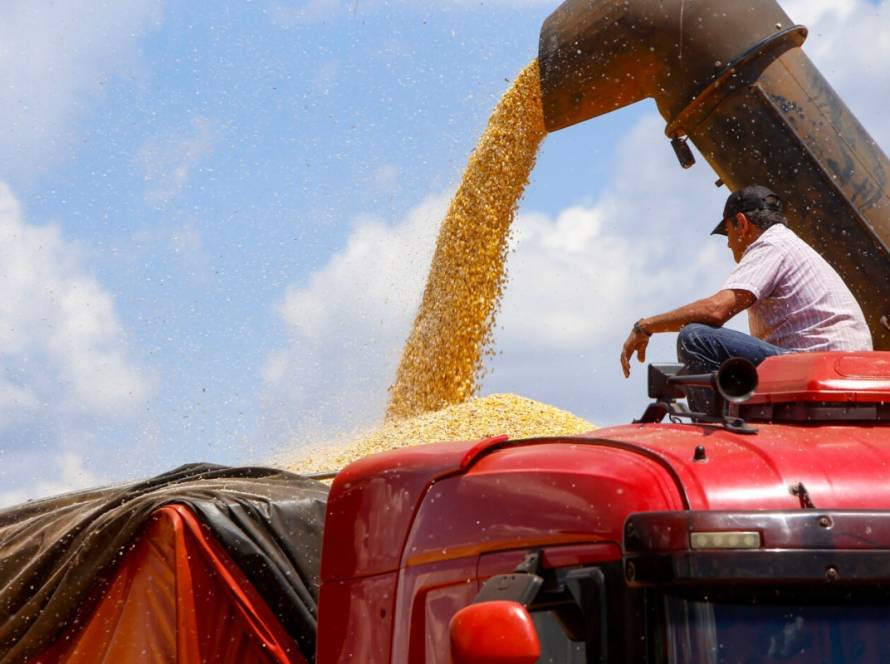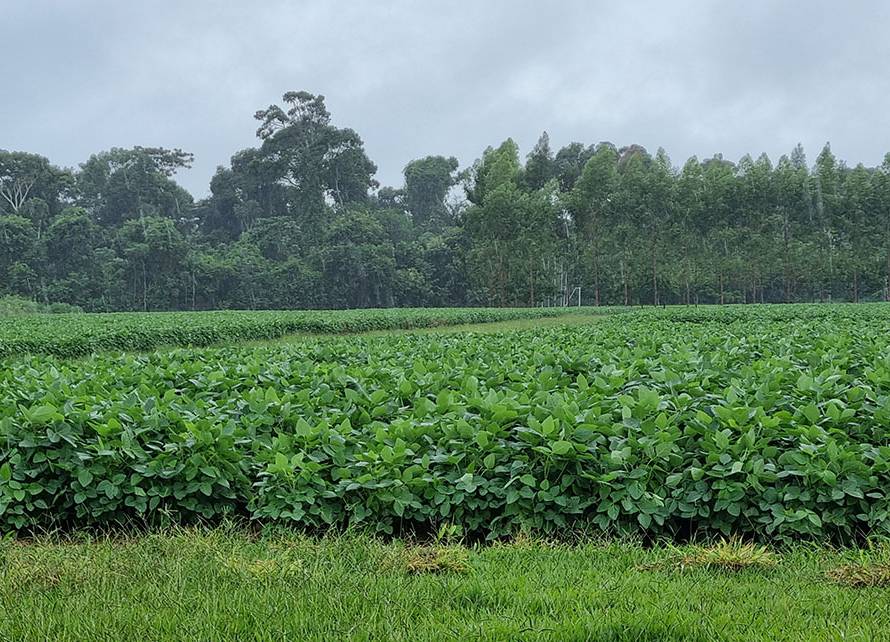Brazilian methane emissions in 2023 were 6% higher than in 2020. According to data from the Climate Observatory (OC) network, released this Wednesday (27), 2023 emissions of the gas totaled 20.8 million tons, surpassing the 19.6 million tons in 2020.

The Climate Observatory (OC) highlights that methane is a greenhouse gas that can warm the planet much more than carbon dioxide (CO2). Its molecules, although they have a shorter lifespan in the atmosphere, ten to 20 years, have a global warming potential 28 times greater than that of CO2 over a 100-year period.
 The largest portion of Brazil's atmospheric methane emissions comes from agriculture, primarily from enteric fermentation, or cattle belching. In 2023, agriculture was responsible for emitting 15.7 million tons of methane into the atmosphere, or approximately 75% of national methane emissions in 2023.
The largest portion of Brazil's atmospheric methane emissions comes from agriculture, primarily from enteric fermentation, or cattle belching. In 2023, agriculture was responsible for emitting 15.7 million tons of methane into the atmosphere, or approximately 75% of national methane emissions in 2023.
"Brazil has joined the Global Methane Commitment, an agreement signed at COP 26 in Glasgow, in which more than 150 countries committed to reducing global methane emissions by 30% by 2030, compared to 2020. Brazil is the fifth largest emitter of CH4 [methane] in the world (behind China, the United States, India and Russia), but, like other major emitters, has done almost nothing to implement the commitment," the Observatory highlighted in a statement.
Growth
The Observatory highlights that the Climate Observatory's Greenhouse Gas Emissions Estimation System (SEEG) found that, since 2015, Brazilian methane emissions have been growing.
For the observatory, a comparison between 2005 and 2020 levels reveals an increase of 2% (from 19.2 tons to 19.6 tons). The variation between 2005 and 2023 was 8.3% (from 19.2 tons to 20.8 tons). "The OC has technically demonstrated that, to lead global climate ambition, Brazil needs to focus on forest regeneration, soil restoration, and the adoption of renewable energy. At the same time, it will have to reduce methane emissions, addressing the scale of livestock farming, precarious solid waste management, and energy poverty," said SEEG coordinator David Tsai.
According to the Climate Observatory, meat and milk production systems have the greatest potential to contribute to reducing methane emissions from the agricultural sector.
"The figures collected by the OC reinforce the need for a rapid and coordinated response to methane mitigation in Brazil. Limiting CH4 in the atmosphere is an important step in controlling the rise in Earth's temperature and can offer faster results compared to CO2. Reducing methane by 45% is crucial to reducing global warming by 0.3°C by 2040," the observatory maintains.
The Ministry of Environment and Climate Change was contacted, but has not yet responded.





